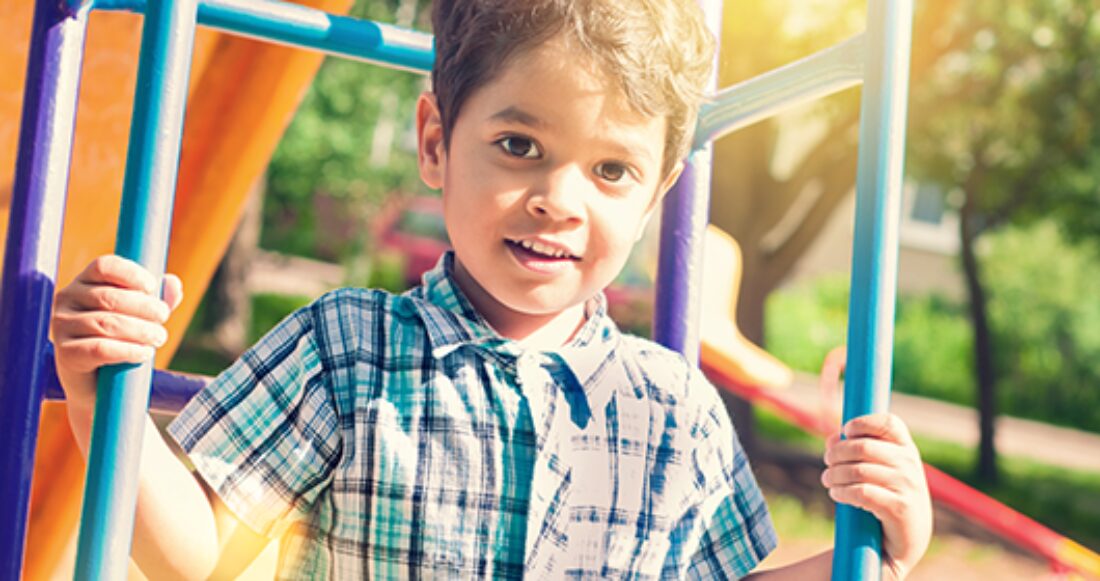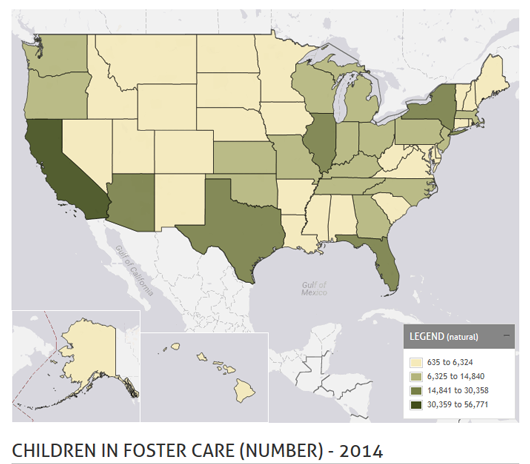America’s Foster Care Population Is Growing — Again

America’s foster care population grew by 13,000 children and youth — to more than 415,000 kids total — from 2013 to 2014, according to the KIDS COUNT Data Center.
This increase, the second in as many years, reverses a decade-long decline in foster care populations nationwide.
Generally speaking, the statistical upswing suggests that agencies are electing to place more kids outside of their homes to keep them safe.
In 2014, 37 states saw their foster care numbers rise, with Georgia, Indiana, Massachusetts, Mississippi and Vermont experiencing the largest gains.
The majority of children in foster care were young kids (40% under age 6) and kids of color (24% black and 22% Latino).
One statistical bright spot worth noting: Despite the two-year uptick, the number of kids in care in 2014 — the last full year in which data is available — is still 18% smaller than a decade prior.
Visit the KIDS COUNT Data Center for more child welfare data at the national and state level:
Children 0 to 17 in foster care
Children in foster care
Children in foster care by age group
Children in foster care by gender
Children in foster care by race and Hispanic origin
Children in foster care by placement type
Children in foster care with more than two placements
Children in foster care with two or more placements by race and Hispanic origin
Children 0 to 17 entering foster care
Children entering foster care
Children entering foster care by age group
Children entering foster care by gender
Children entering foster care by race and Hispanic origin






